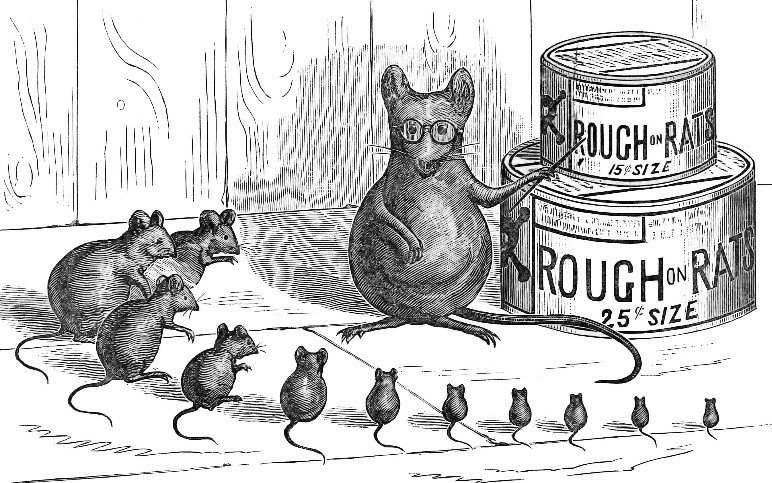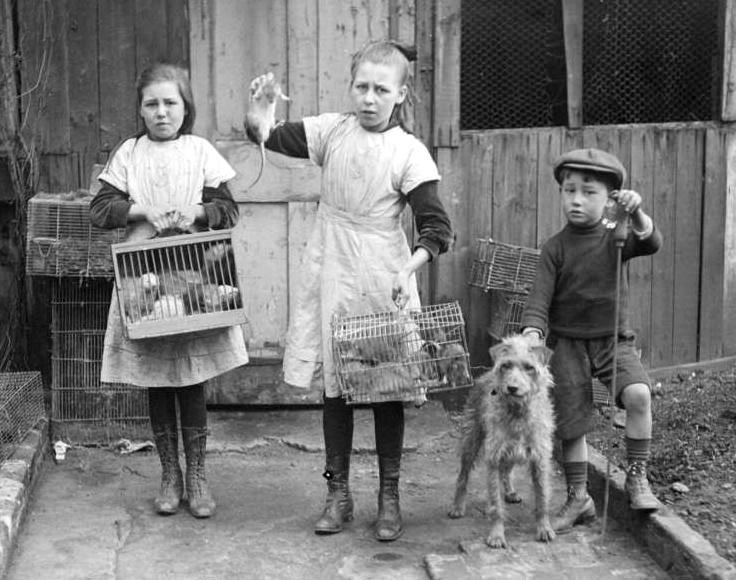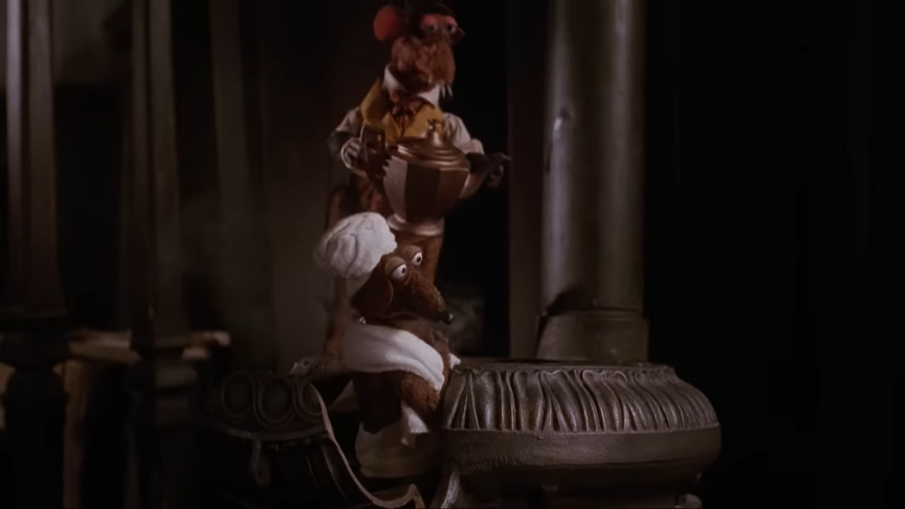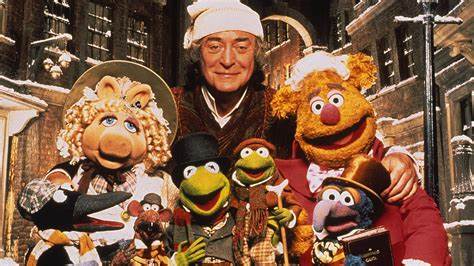A Christmas Carol by Charles Dickens is not only a heart-warming Christmas story from the Victorian period, it also speaks volumes about social class inequalities. In The Muppet Christmas Carol, Director Brian Henson uses the species of rats to emblematise the impoverished, low social class. This contributes to Dickens’s interpretation from the original novel, this being the working class being viewed as out of place in society.
The way that Henson anthropomorphises the rats in this early scene in the film encourages the audience to respond to the rats by seeing them as incongruous within the office setting. The rats sit on top of the large piles of books and guide each other to putting the books away, as they are too big to be carried independently by one rat. Furthermore, the rats work in a team to catapult each other (mostly unsuccessfully) to close the blinds of the shop. They use their body weight to pull the blind down, not possessing the strength or size to complete the task alone. The comedic mismatch between the size of the rats and the office supplies visually translates to the audience that not only are the rats out of place in the office, but in the hierarchy of society they are not facilitated for.

Figure A: Depicting the rats working in a team to navigate putting the books back.
Figure B: Depicting the rat after being catapulted, pulling the blind down.
Henson presents the rats as working to function in an office which is not designed for them, within a society which disregards them because of the low social class ranking, which their animal form being rats helps to represent. Rats are stereotypically dirty, unwanted, diseased creatures which can be found rooting through the bins looking for scraps of food. The similarities between rats and the living conditions and poverty faced by the working and poor classes at the time of Dickens’s writing are direct parallels of each other.
Due to the uneven distribution of wealth within the population, this meant there was a significant class divide. Families with little income had to send their children to work to support their living, meaning many members of this class were uneducated, again creating a large divide between the working and higher classes. As a high percentage of the population was living at this level of poverty, they, like the rats, had ‘over-run’ the city.

The rats are viewed by the audience to be working towards being recognised as valued members of society. The rats are not inherently accepted to be a part of society due to the lower class they represent. The resentment of the lower classes is articulated by Scrooge when he cruelly says “If they (the poor) would rather die then they better go and do it, and decrease the surplus population”. This line is a direct quote from the original novel by Charles Dickens which was published in 1843.

Figure D: Mr Scrooge after delivering the line about the “surplus population”
Figure E: Muppet’s reaction to Mr Scrooges heartless comment about the poor.
The living conditions in the Victorian times were notoriously unsafe and crime levels were high. Homes were dirty and receptive to diseases, and many were occupied by rats. Buildings were so overrun with rodents that being a rat catcher was a common occupation. The members of the higher, privileged classes like the character of Mr Scrooge would have seen these people as a surplus, as a large percentage of the population was uneducated, poor and dirty.

Figure F: Depicting an image of a rat-catcher from the Victorian Period.
In this scene, Kermit the Frog, playing the role of Dickens’s Bob Cratchit sings ‘One More Sleep Til’ Christmas’ as the rats work together to close the shop for Christmas. The rats interact with a kettle, comedically using it as a sauna. This is amusing and engaging to audience members, as the function of the kettle is not to be used as a bath, and the sight of a rat in a sauna is completely out of place. Rats are stereotypically dirty, impoverished creatures as we have discussed, so seeing them engage in leisurely, luxury activities such as a spa treatment embodies how Henson has used rats to convey how they are out of place in this environment.
The rat wearing a pristine white towel wrapped around its head and over its shoulders is out of place in the office setting. Additionally, this reflects how the rats themselves are out of place as workers within the office. Furthermore, the rats representing the low working class are again seen as out of place in society due to their low social standing. The multiple instances of the rats and items of the scene being out of place adds a comedic aspect, but more accurately reflects Dickens’s commentary on social class and inequality between said classes, and how Henson’s use of rat characters emphasises this point.

Figure G: Depicting a rat muppet in the kettle, using it as a sauna as another rat assists.
